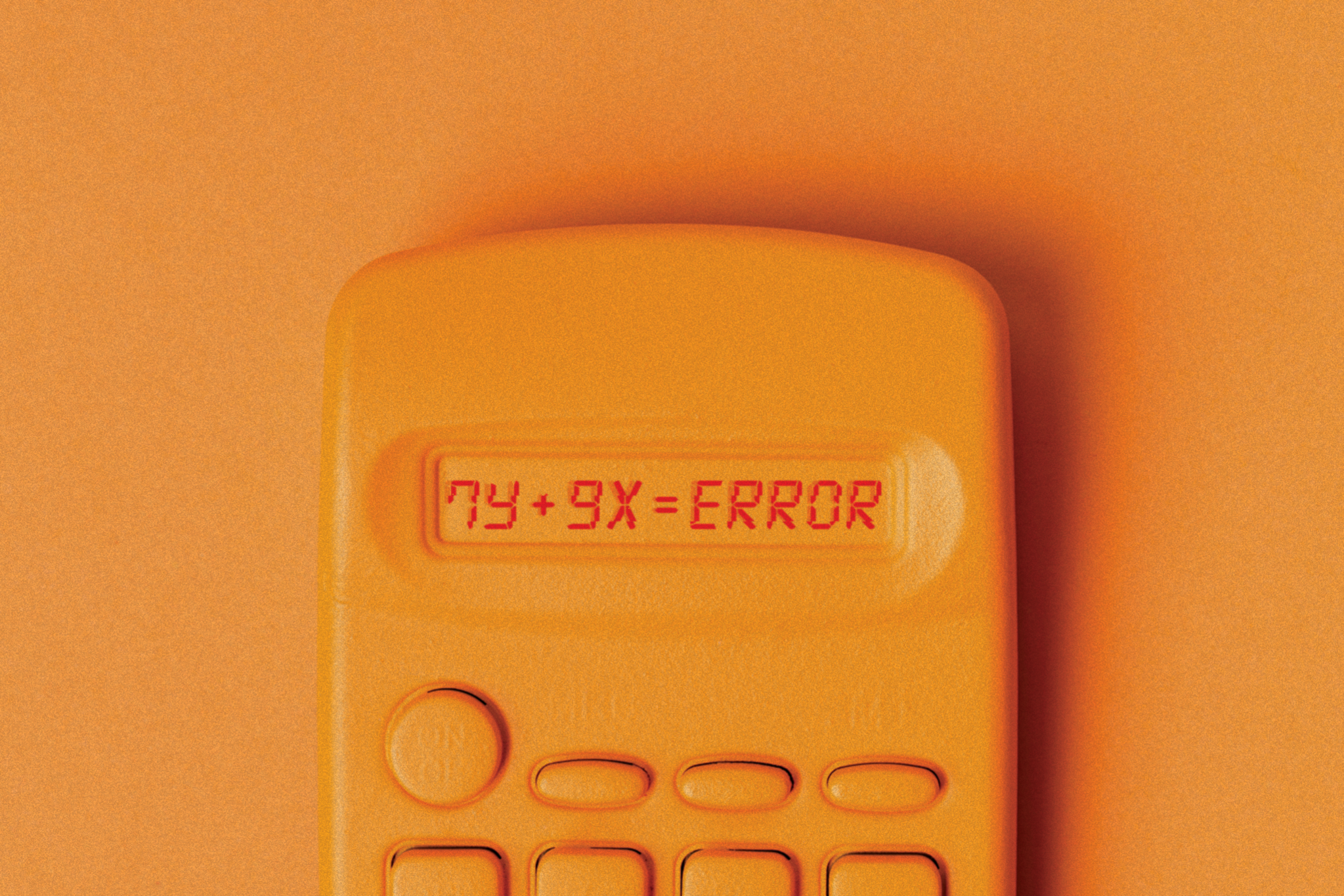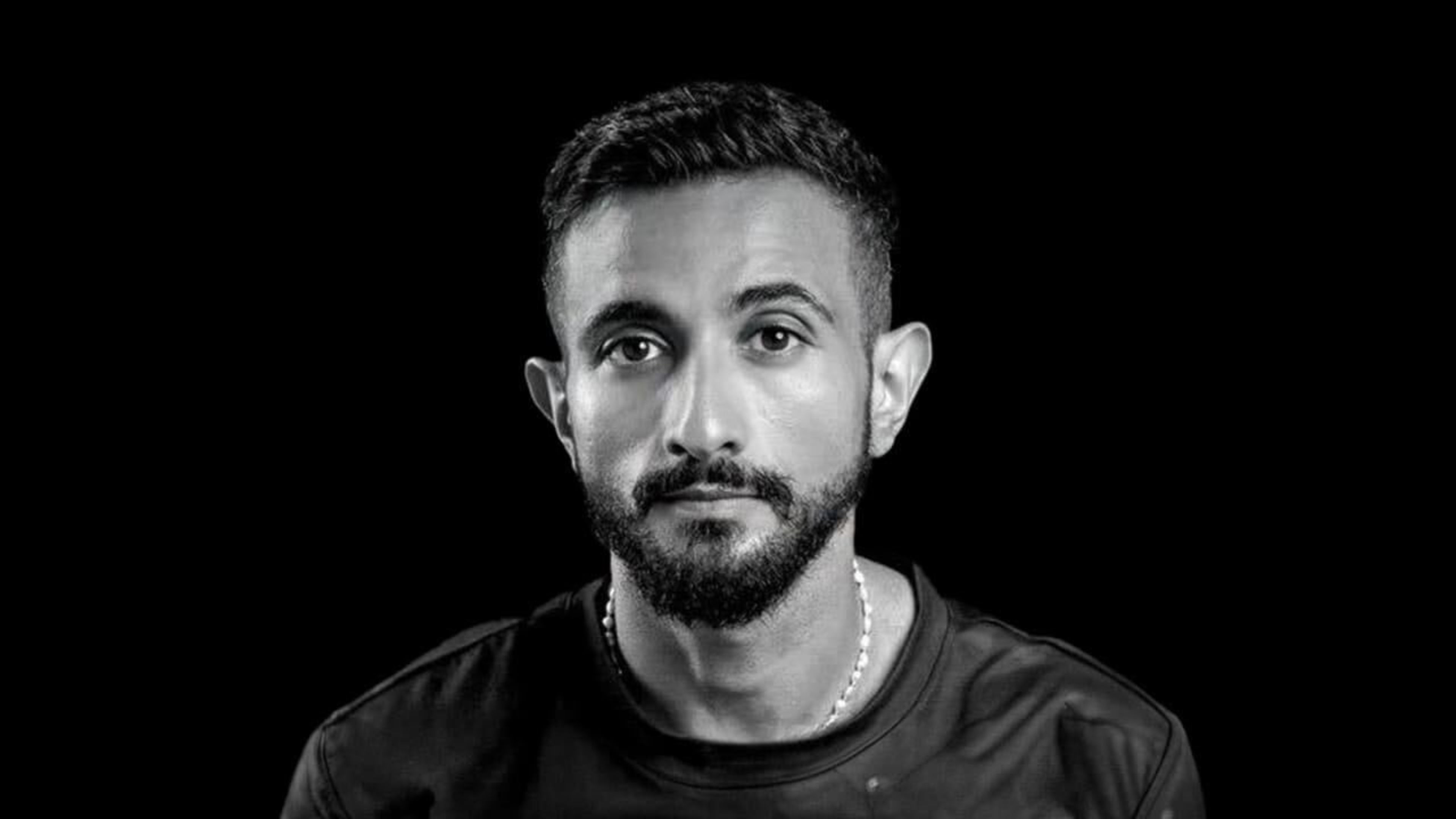Education advocates often point out the burden placed on public schools to remedy societal inequities with minimal resources.
What if they didn’t have to do it alone? Enter community schools—billed as taking care of “the whole child” outside the classroom—a task that erupted under the pandemic. They are staffed by youth providers to support, care for, enrich, and mentor students with programs that range from social and behavioral services to counseling and community engagement.
San Francisco Unified School District received a $33.7 million state grant to reinvigorate and expand that model over five years.
“The potential for impact for our young people is significant and huge,” said Leslie Hu, United Educators of San Francisco secretary and an SFUSD community school coordinator. “Schools are a hub for the community, not just for learning. We need people to come together to tackle some of our hardest problems.”
How are community schools different from regular schools?
These schools formally partner with community-based organizations, known as CBOs, which have staff and programs stationed at the school. The service workers bring additional resources and take care of children outside academic needs. Services may shift according to the needs of each campus. Buena Vista Horace Mann K-8 Community School launched a shelter to house homeless students.
SFUSD has 27 schools under the Beacon Initiative funded by the Department of Children, Youth and Their Families. Hu estimates there are 31 community schools total, some of which have community school coordinators like herself or other staff.
Some well-loved city organizations serve as CBOs through Beacon, including Jamestown Community Center, Mission Graduates, Richmond Neighborhood Center, Bayview Hunters Point YMCA, and Boys & Girls Clubs of San Francisco. Aptos Middle School, Malcolm X Academy, Everett Middle School, George Washington Carver Elementary School are some sites receiving Beacon funding.

What do community schools accomplish?
The Beacon Initiative prioritizes marginalized students like those who are Black, Latinx, Pacific Islander, LGBTQIA+, English learners, children with incarcerated parents, in mixed immigration families, live in low-income neighborhoods, experiencing homelessness or housing instability, and so on.
Schools like Dr. Martin Luther King, Jr. Academic Middle School, where Hu is a community school coordinator, were able to respond to the overnight disruption of the pandemic easier and have youth providers assist educators in checking on students and families.
In her seven years at the school, Hu said they’ve seen a 90 percent decrease in disciplinary referrals and a 90 percent decrease in suspension. At the same time, there is a 15 percent increase in reading scores, math scores, and language arts scores.
“What’s needed is folks who are willing to make those connections, build that trust and meet kids where they are,” said Carol Hill, Beacon executive director. “This equity lens everyone keeps talking about is actually put into practice using the community school model.”
How will it be expanded?
Expansion is already underway (opens in new tab). Of the 59 SFUSD schools that submitted grant applications, 29 were approved for funding by the California Board of Education earlier this month. Schools will begin planning and staffing to implement the new funding.
Thanks to a $15 million anonymous donation, DCYF and SFUSD were also able to expand mental health services through existing Beacon sites to three middle schools last fall as concerning new social behaviors emerged (opens in new tab). Eventually, the separate initiative will expand to 13 middle schools and three K-8 schools.
More good news is likely on the way: The proposed budget unveiled last week (opens in new tab) indicates another $3 billion in community school grants will come to California schools during the upcoming fiscal year, which begins in July.
Why is the timing significant?
SFUSD is contending with a structural deficit under state supervision, with deficits anticipated in later years as costs grow and funding lags. In the coming weeks, the district will finalize cuts to deal with the immediate $125 million balancing plan, which has already resulted in 27 approved layoffs.
While the SFUSD projections have not yet been released, state funding formulas under the proposed budget are likely to bring more resources to the district. Whether it’s enough to sustain declining enrollment in the long term remains under question.
The cuts come as many youth need more attention from adults, not less and community schools ensure support for educators in that mission. Schools receiving the grant will know funding is stable and be able to focus on the work.
“It’s really exciting and also nerve-wracking because the timeline is so short,” Hu said. “It’s really reassuring to leave the school year with this reassurance.”



